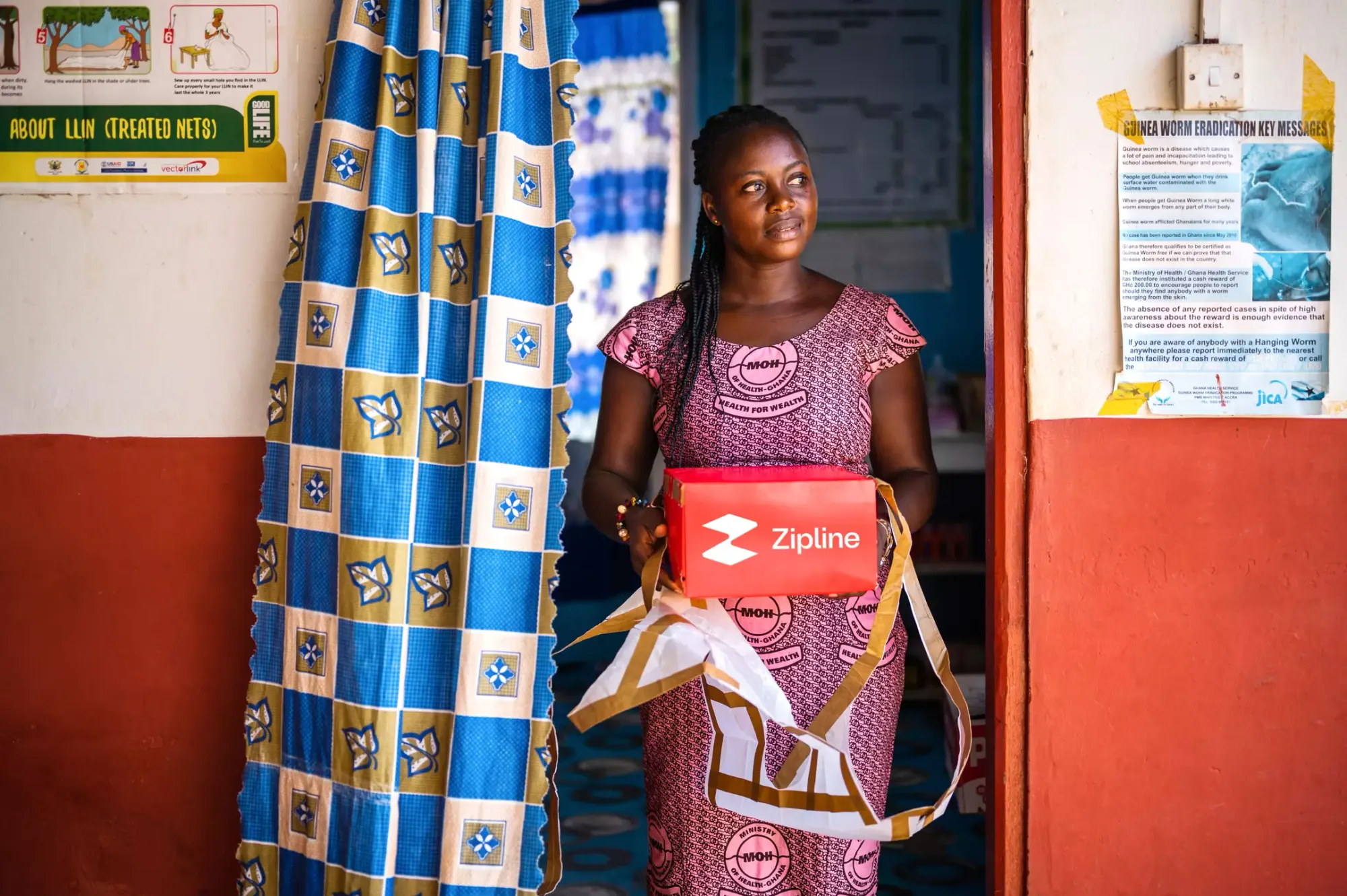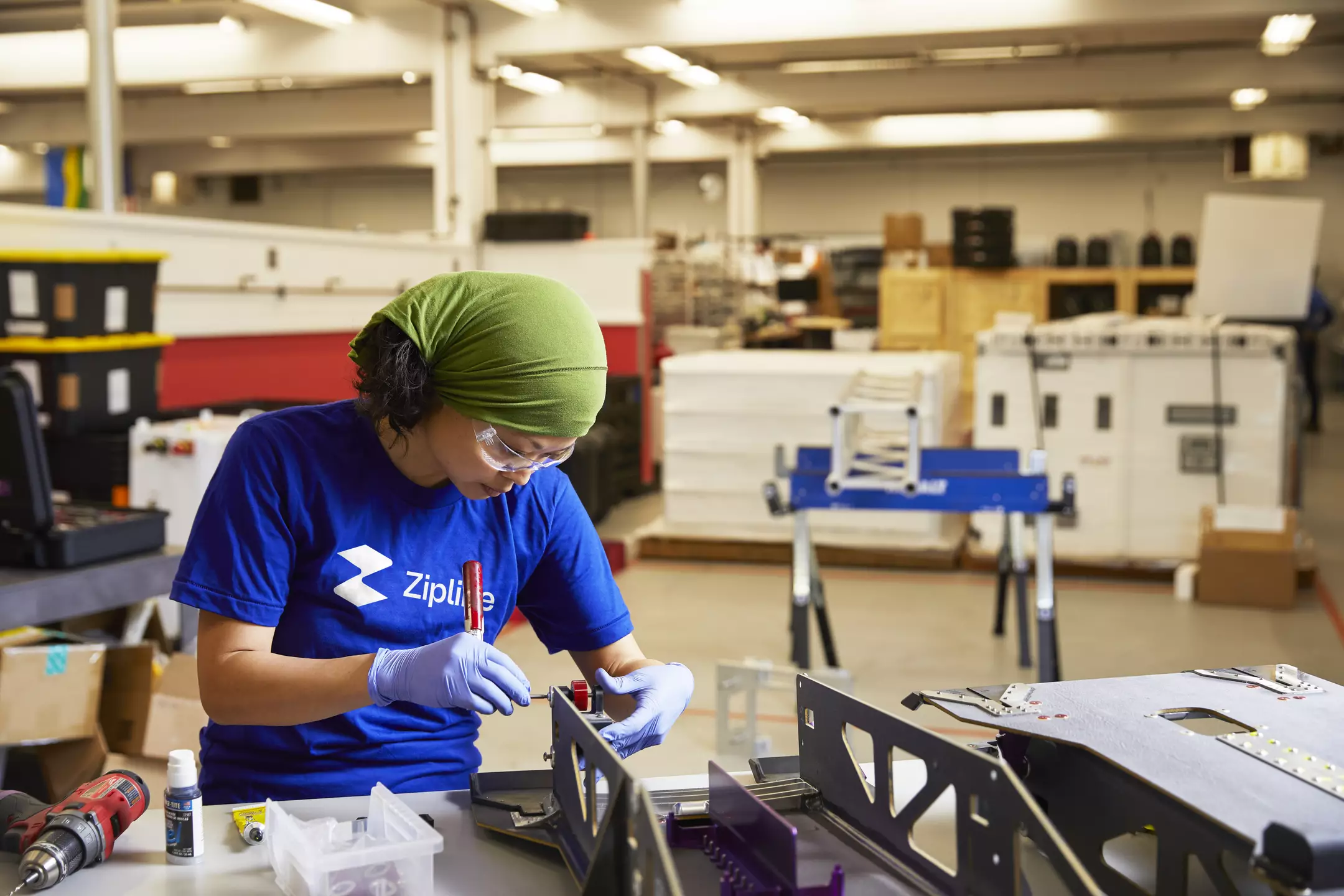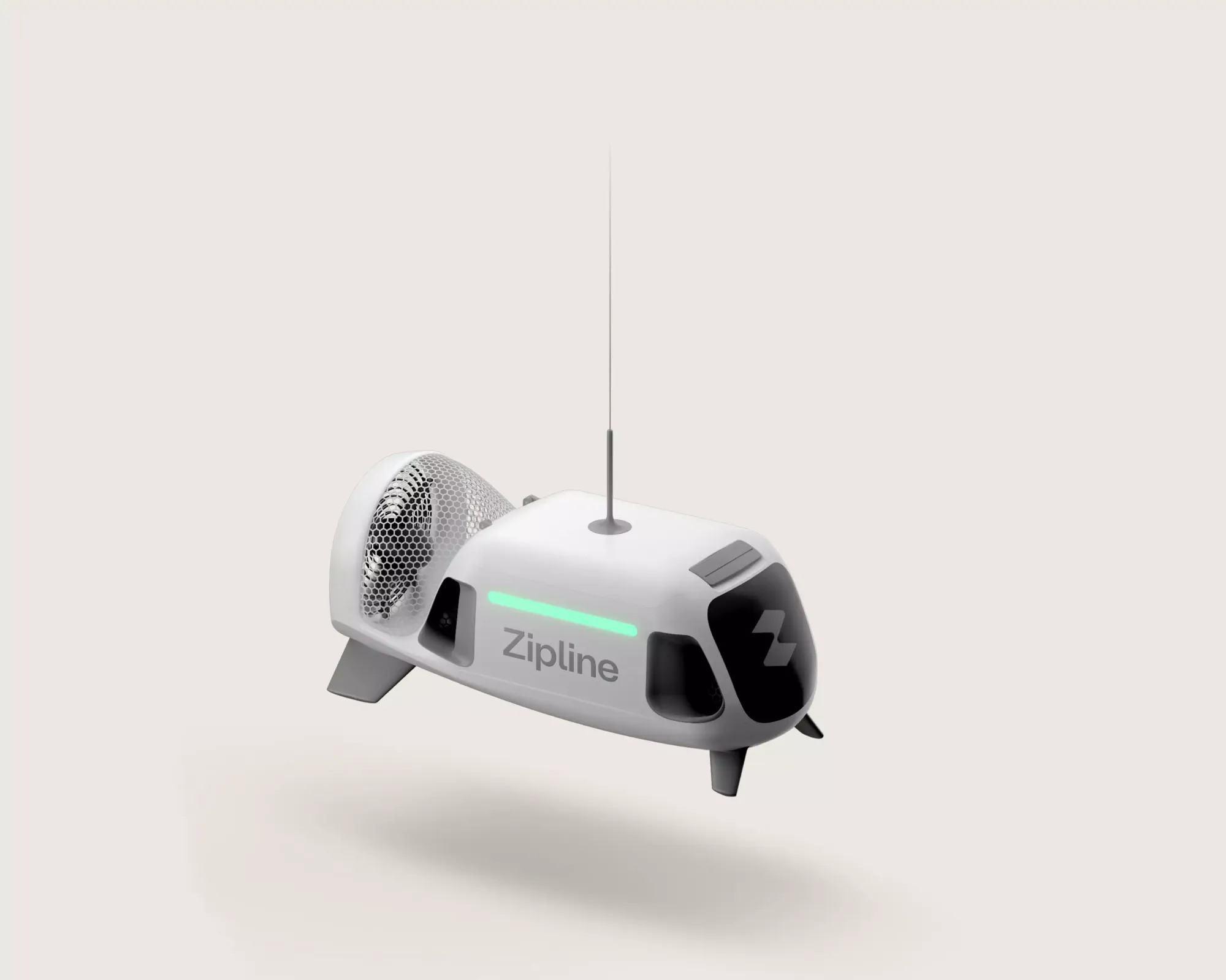In the world of healthcare, every second counts. From emergencies to routine medical supplies, timely delivery of medical products can mean the difference between life and death. However, in many parts of the world, access to medical supplies and services is limited, making it difficult to meet the growing demand for healthcare. This is where Zipline comes in, using innovative technology to deliver medical supplies to remote and hard-to-reach areas quickly and efficiently. Founded in 2014, Zipline has already made a significant impact on the healthcare industry, and their future looks promising.
Zipline Founders:
Zipline (1) was founded in 2014 by Keller Rinaudo, Keenan Wyrobek, and Will Hetzler, all of whom had a strong background in robotics and engineering. Their goal was to develop a new way of delivering medical supplies using unmanned aerial vehicles (UAVs) or drones.
How it Started:

Zipline started with a simple idea – to use drones to deliver medical supplies to remote areas of Rwanda. The founders realized that Rwanda's healthcare system was struggling to meet the needs of its people due to inadequate infrastructure and limited access to essential medical supplies. This led them to develop a new type of drone technology that could deliver these supplies quickly and efficiently.
Technology:

Zipline's technology is based on a fleet of autonomous UAVs that can deliver medical supplies quickly and efficiently. The drones are pre-programmed to fly to a specific location, drop the supplies, and return to their base station. The drones can fly at speeds of up to 100 kilometers per hour and can carry payloads of up to 1.8 kilograms. They can also fly in adverse weather conditions and navigate difficult terrain, making them ideal for delivering supplies to remote and hard-to-reach areas.
Difficulties Faced by Zipline:
One of the biggest challenges Zipline faced was developing a drone that could navigate complex airspace regulations and operate safely in populated areas. They also had to overcome technical challenges such as developing a reliable battery system that could keep the drones in the air for long periods.
Impact and Growth:
Since its inception, Zipline has made a significant impact on the healthcare industry. The company has delivered over 1 million medical products to hospitals and health centers in Rwanda, Ghana, and other African countries. In addition, Zipline has been able to significantly reduce delivery times, with some deliveries taking as little as 15 minutes. Zipline's success has also attracted significant investment, with the company raising over $250 million in funding to date.
Future:

Zipline's future looks promising, with plans to expand its operations to other parts of the world. The company has already started operating in Ghana and plans to expand to other African countries and beyond. In addition, Zipline is exploring the use of AI and machine learning to optimize its delivery routes and improve efficiency further.
The Last Leg: Reflections on Zipline's growth and impact:
Zipline has transformed the healthcare industry by providing a fast and efficient way to deliver medical supplies to remote and hard-to-reach areas. The company's innovative drone technology has been critical in improving access to essential medical supplies, especially in low-income countries. With plans to expand its operations and invest in new technologies, Zipline is well-positioned to continue making a significant impact on the healthcare industry in the years to come.









